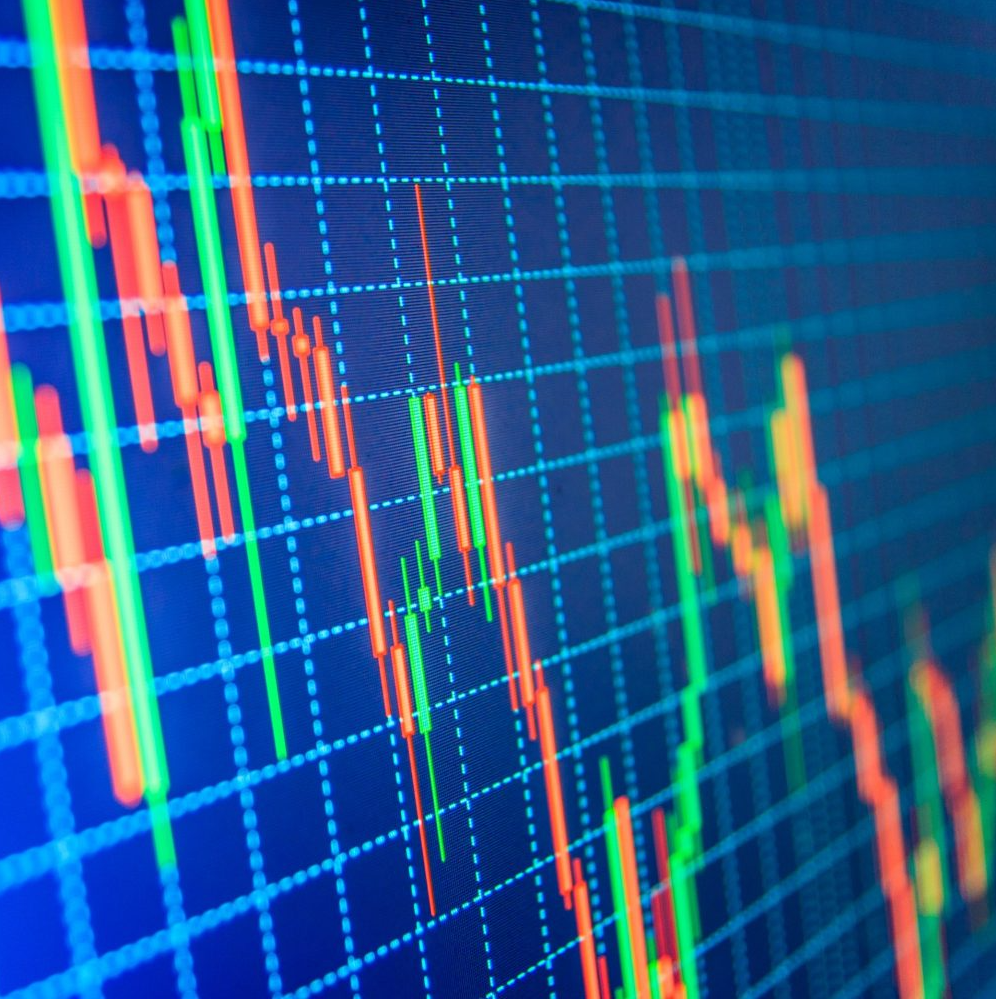Memory effects in stock price dynamics: evidences of technical trading
The likelihood of stock prices bouncing on specific values increases due to memory effects in the time series data of the price dynamics.
Scientific Reports 4, 4487 (2014)
F. Garzarelli, M. Cristelli, G. Pompa, A. Zaccaria, L. Pietronero




LCP












Technical trading represents a class of investment strategies for Financial Markets based on the analysis of trends and recurrent patterns in price time series. According standard economical theories these strategies should not be used because they cannot be profitable. On the contrary, it is well-known that technical traders exist and operate on different time scales. In this paper we investigate if technical trading produces detectable signals in price time series and if some kind of memory effects are introduced in the price dynamics. In particular, we focus on a specific figure called supports and resistances. We first develop a criterion to detect the potential values of supports and resistances. Then we show that memory effects in the price dynamics are associated to these selected values. In fact we show that prices more likely re-bounce than cross these values. Such an effect is a quantitative evidence of the so-called self-fulfilling prophecy, that is the self-reinforcement of agents’ belief and sentiment about future stock prices’ behavior.